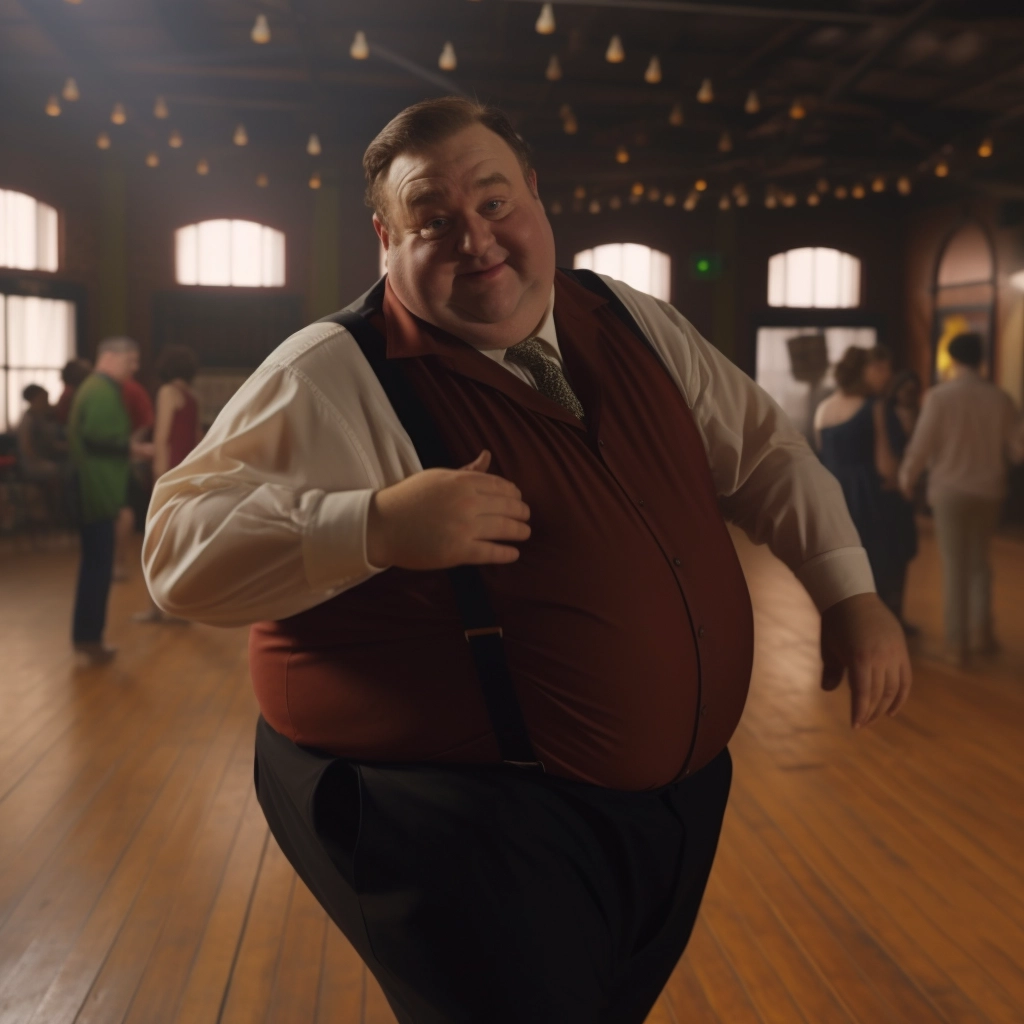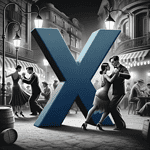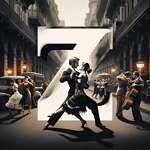Many dancers will argue that Argentine Tango is a hard dance, for example comparing it to Salsa. But is it really true? Here is the short answer:
- With a good teacher and a good learning environment you can make progress quickly and enjoy the dancing from the first day
- For most dancers, it takes months or years to get to the point where they have all dancing options they are aiming for
- It is best to enjoy the process no matter where you are in the process. It is not a competition, but a personal development path
Now, let´s get into the details.

1. Objective Criteria
The Argentine Tango space is largely unregulated. While there are some competitions for Ballroom tango and even for Argentine tango, there is no dance board that defines widely accepted levels of dance skills.
While some people argue it is impossible to define what a good dancer is, dance teachers and studios have a practical need to classify dancers according to their skill set. On daily basis they need to decide if a couple can join an intermediate or advanced course. Failing to do so, it will create frustration for the dancers, the teacher, and the other participants. Also, organizers of festivals, marathons or dance travels face this challenge. They will end up with this kind of classification:
- Beginner
- Intermediate
- Advanced
- Semi-Professional
- Professional
The curriculum of large established tango school often foresees years of learning, giving beginners half a year or a year to pass towards intermediate. Depending on the depth of the curriculum and the amount of course available, the intermediate phase can anywhere between 1 and 5 years.
2. How good of a dancer do you want to be?
Some dancers have clear expectations of what they want to achieve. The beautiful 2005 French movie Je ne suis pas là pour être aimé offers three starting points:
- A couple in their thirties wants to dance tango for their first dance at their wedding.
- A man in his 50s is told by his doctor to do some sport. After being disdained to pick up tennis playing again, he decides to go to a tango course.
- At the course they meet a single dancer who is quite overtly looking for a sexual or romantic encounter.
In real life, as during the movie, objectives of the dancers evolve. Often, the first time that people learn about tango is when they watch a Tango Show, performed by show dancers, including acrobatic movements, incredible speed, and Maradona-like foot dribbling techniques. If this is your objective, you have a long way to go.
However, with time, once a dancer starts learning a bit, they are observing and experiencing other dancers at classes or Milongas. Their observations get more subtle and focused on details: “Oh, I like how this embrace feels” “It looks so smooth, how they set their feet”, “There is something so light and coquettish about this move” and so on…
For many dancers with a bit of dance experience, the objective becomes to go to milongas or festivals and have the option and ability to dance with as many different dancers. Or at least not get rejected or humiliated by a few special ones. Which means, they are automatically exposing themselves to the judgement of a 3 x 3 min dance partner.
Here comes the tricky part. Nobody knows, and when you ask you will get hundreds of different opinions.
3. Do I have to go to Buenos Aires to become a good dancer?
Eternal beginner.






